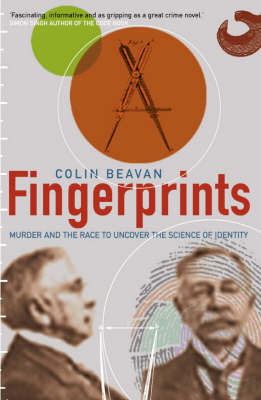Astrolog Complete Guides
1 total work
This title concerns the true story of the development of the science of identity and the history of fingerprint detection. In 1905 an elderly couple were found murdered in their shop in Deptford, London. The only evidence at the scene of the crime was a sweaty fingerprint on a cashbox. Was it possible that a single fingerprint could be enough to lead to a conviction? Could the pattern of these tracks hold the secrets of the science of identification? Fifty years earlier, William Herschel, the colonial administrator in India, had begun to experiment with fingerprints as an irrefutable method of establishing identity. In the 1880s, Henry Faulds, a missionary in Japan, began to study the formation of the whorls, arches and loops on each finger and was the first to ask whether these traces could be the unique key to identifying every individual. Whilst police and scientists alike were ignoring Faulds's discovery, other thinkers were working on complex, alternative methods of identification. In France, anthropometry, a system of measuring parts of the body was the first scientific method used to catch criminals.
But it was in England, through the studies of Francis Galton, Charles Darwin's cousin, that the study of fingerprints became the recognized science of dactylography. Beaven recreates the 19th-century race to find a scientific method of identification. "Fingerprints" is a story with a cast of individuals whose scientific breakthroughs helped solve one of the most brutal murders in English history and shape our understanding of identity forever.
But it was in England, through the studies of Francis Galton, Charles Darwin's cousin, that the study of fingerprints became the recognized science of dactylography. Beaven recreates the 19th-century race to find a scientific method of identification. "Fingerprints" is a story with a cast of individuals whose scientific breakthroughs helped solve one of the most brutal murders in English history and shape our understanding of identity forever.
